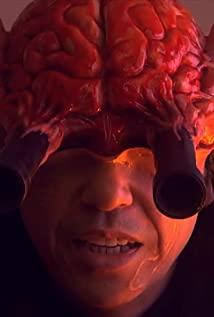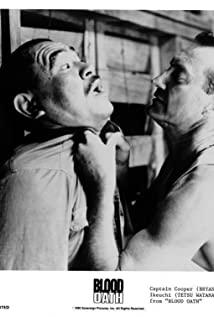The realistic and unrealistic parts of the film are blurred. The most magical part is the section where the old man in the screening room smokes during the movie. Quentin has already warned us in his "Shameless Bastard" which explores the film itself. , Film is an extremely flammable material, so it's impossible to smoke in the projection room!
To be honest, I think the audience group targeted by this film is relatively limited. There is neither a clear plot setting, emotional rendering, but also a clearer direction-movie lovers. Although I was rendered by the emotions in it, if there is no audience who has a certain understanding of the process of "film making", the relationship between film and viewing, and the reflexive structure of the film presented in the film, it may be difficult to understand The protagonist’s love for movies empathizes with all his hobbies.
The overall story of the film can actually be regarded as a daydream by a movie lover played by Hasegawa, so almost every scene and character has an anti-logical and fanatical deconstruction color. However, in my personal experience, this is considered an advantage. At the same time, from the last shot to the real "set", the plot of the whole film is more like a movie game by Yuanzi Wen's crew. Although the motives and emotions of the characters have been deconstructed and blurred, the film is indeed quite extreme in terms of confusing the boundary between the film and the reality.
The two scenes that can be used as evidence of the above viewpoints are also the only two group scenes in the film. In the first scene, at the beginning of the film, the three Hirata broke into the street fights of gangsters to shoot, and therefore met Sasaki; the second scene was shooting scenes of two gangsters. It can be noticed that in these two scenes, it seems that Hirata and the trio broke into real violent scenes for "real shooting", but even Sasaki, as a gangster, expressed dissatisfaction with their shooting, even no matter how the bullets fly, the camera None were damaged.
This is actually proof that the shooting behavior of Hirata and others is also part of the "being filmed". In Metz's theory of the mapping relationship between film equipment and audience experience, the camera and the audience's eyes are in contrast to each other, so as long as it is in the unrealistic part, no matter how messy, the camera will not be damaged.
The character setting in this film, as I said above, carries a fanatical unreality. Whether it is Hirata, who madly wants to make a movie, or Ikegami, who fell in love with Mizuko at first sight, there is no explanation for their desires. The only real characters are the film crews who Sasaki and Muto once went to trouble. Especially Sasaki, as a low-headed high school bastard, was easily infected by Hirata's enthusiasm and joined them, but after waiting for ten years, there was still nothing to achieve before he quit.
In this multi-protagonist movie, the only character portrayed in a realistic style is Sasaki—the victim and victim of Hirata's crazy movie dream. This also makes me feel somewhat ironic after analysis.
View more about Why Don't You Play in Hell? reviews











